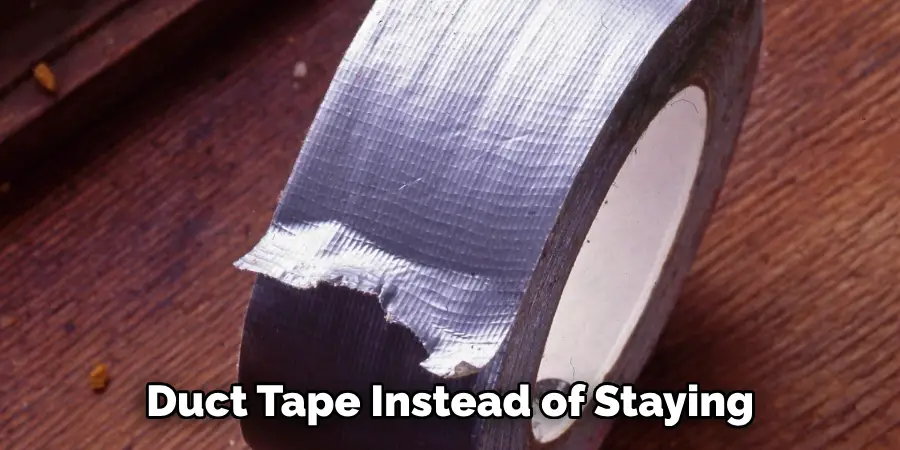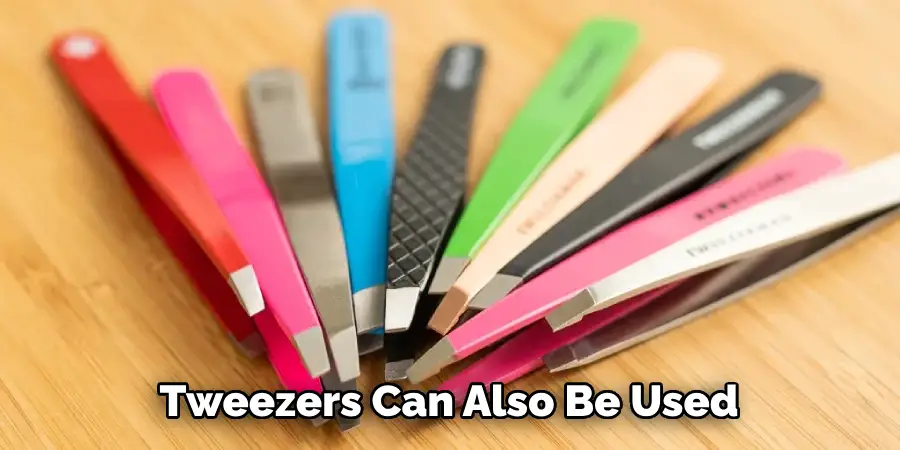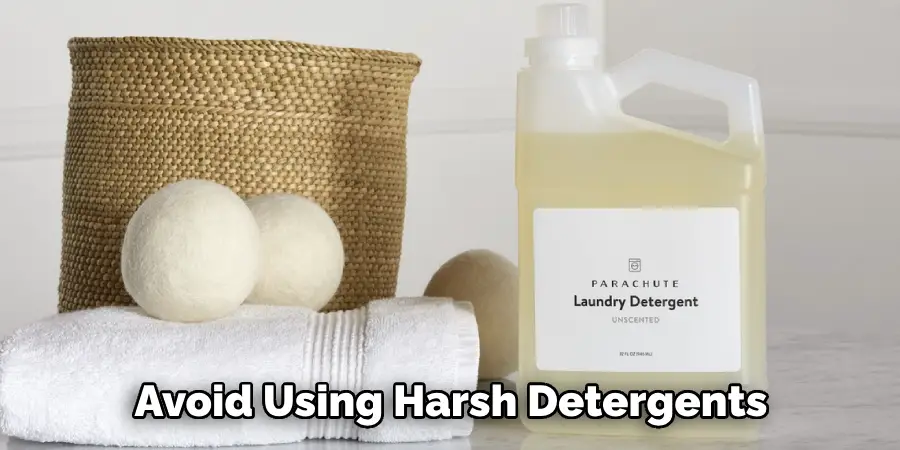A once-pristine couch can quickly lose its appeal when unsightly pills and fuzz start to accumulate on the fabric. The phenomenon of pilling, where small, fiber balls form on the surface, is a common issue that plagues sofas over time. Fortunately, reviving the aesthetic appeal of your couch doesn’t necessarily require a costly replacement.

In this article, we explore effective and practical solutions on how to fix pilling couch. From understanding the causes of pilling to implementing targeted techniques such as using a fabric shaver or depiller, we’ll guide you through the steps to restore your couch to its former glory. Say goodbye to the annoyance of pilling and hello to a refreshed and comfortable seating area in your home.
Understanding the Issue of Pilling on Couches
The problem of pilling is a common issue that can affect all types of couches, regardless of the material used. It refers to the formation of small balls or clusters of fibers on the surface of the fabric, giving it a rough and unsightly appearance. Pilling is caused by friction and abrasion on the fabric, which loosens the fibers and causes them to tangle and form pills. This can happen due to regular use of the couch, such as sitting, lying down, or rubbing against it, as well as washing and drying.
Causes of Pilling
Pilling is a natural process that occurs with any fabric over time. However, certain factors can accelerate its occurrence. These include low-quality or worn-out fabrics, rough handling, and washing and drying at high temperatures. Pilling is also more likely to occur on furniture that is used frequently, such as couches in living rooms or family rooms.
Preventing Pilling
The best way to deal with pilling on couches is to prevent it from happening in the first place. This can be achieved by investing in high-quality fabrics that are less prone to pilling. You should also avoid harsh handling of the couch, such as jumping or dragging heavy objects on it, as this can cause friction and abrasion that lead to pilling.
10 Methods How to Fix Pilling Couch
1. Use a Lint Roller

One of the easiest and most effective ways to remove pilling from your couch is to use a lint roller. This is an inexpensive tool that can be found at any home goods store or online. To use it, simply roll the sticky surface of the lint roller over the affected area until all the pills are removed. Be sure to check your couch regularly and use the lint roller as needed to prevent pilling from occurring in the first place.
2. Use a Razor Blade
If you have stubborn pills that won’t come off with a lint roller, you may need to resort to using a razor blade. This method should only be used on fabrics that are not delicate or easily damaged. Begin by gently scraping away at the pills with a new razor blade, taking care not to cut into the fabric itself. Once all of the pills have been removed, use a vacuum cleaner to remove any remaining debris from the fabric.
3. Use an Electric Fabric Shaver
An electric fabric shaver is another great tool for removing pilling from your couch. This device features multiple rotating blades that quickly shave away any pills on your fabric without damaging it in any way. To use it, simply turn it on and slowly move it across the affected area until all of the pills have been removed. Be sure to clean out any debris from the inside of the shaver after each use.
4. Use Duct Tape

Duct tape is another simple and effective way to remove pilling from your couch without damaging it in any way. To use it, simply press a piece of duct tape firmly onto the affected area and then pull it off quickly in one smooth motion – this will cause most of the pills to stick onto the duct tape instead of staying on your couch! Repeat this process until all of the pills have been removed.
5. Use an Old Toothbrush
Using an old toothbrush is another great way to get rid of those pesky pills on your couch without damaging it in any way! Start by wetting down an old toothbrush and then gently scrubbing away at each pill until they’re gone – be sure not to scrub too hard, as this could damage your fabric! Once all of them have been removed, vacuum up any remaining debris from your couch using an upholstery attachment if possible.
6. Use Tweezers
Tweezers can also be used for removing those pesky pills on your couch – just make sure you choose ones with pointed tips so that you don’t accidentally damage your fabric! Start by carefully plucking out each pill one by one until they’re all gone – this will take some time but will be worth it in order to keep your furniture looking nice! Once done, vacuum up any remaining debris using an upholstery attachment if possible.

7. Use Scissors
Scissors can also be used for removing pilling from your couch – just make sure you choose ones with sharp blades so that you don’t accidentally damage your fabric! Start by snipping off each pill one by one until they’re all gone – this will take some time but will be worth it in order to keep your furniture looking nice! Once done, vacuum up any remaining debris using an upholstery attachment if possible.
8. Apply Fabric Softener
Applying fabric softener directly onto pilled areas can help reduce their appearance and make them less noticeable over time – just make sure you test a small patch first before applying it over larger areas! To do this, simply fill up a spray bottle with some liquid fabric softener (such as Downy) and then spray directly onto affected areas – let sit for 10 minutes before wiping off excess liquid with a damp cloth.
9. Apply Vinegar Solution
Another easy solution for reducing pilling on couches is applying vinegar solution directly onto affected areas – just make sure you test a small patch first before applying it over larger areas! To do this, mix equal parts white vinegar & water into a spray bottle and then spray directly onto affected areas – let sit for 10 minutes before wiping off excess liquid with a damp cloth.
10. Wash Your Couch Regularly
Finally, one of the best ways to reduce pilling on couches is by washing them regularly – preferably every six months or so, depending on how often they are used! When washing couches always follow instructions given by the manufacturer & avoid using harsh detergents or bleach as these can damage fabrics over time – instead opt for mild soap & warm water when cleaning.

Things to Consider When Fixing Pilling Couch
There are several things that you need to consider when fixing your pilling couch. These include the type of fabric, the cause of pilling, and the tools required for the job.
Firstly, it is important to identify the type of fabric your couch is made of. Different fabrics require different methods for removing pills. For example, a cotton or linen couch may benefit from lint rollers or a fabric shaver, while a microfiber couch may require a more gentle approach using a pumice stone. It is important to research the best method for your specific fabric type to avoid causing further damage.
Next, it is important to determine the cause of pilling on your couch. Pilling can occur due to friction from regular use, low-quality fabric, or a combination of both. If your couch is made from a lower quality fabric, it may be more prone to pilling and require frequent maintenance. On the other hand, if your couch is experiencing excessive pilling due to friction, you may need to consider changing how often you use it or investing in different types of cushions and covers.
In addition to knowing your fabric type and identifying the cause of pilling, it is important to have the right tools for the job. Lint rollers, fabric shavers, and pumice stones are all effective tools for removing pills from couches. It is also helpful to have a damp cloth on hand to help smooth out the fabric and remove any remaining pills after using a tool.
Conclusion
In order to maintain a pilling couch, regular maintenance is essential. With routine care and effort, you can enhance the life of your pilling couch and also look forward to the extended benefits it has to offer. Invest in quality detergents, scrub tools and techniques that are suitable for your pilling couch material.
Allow yourself some time for cleansing and brushing off the fluff on a periodic basis. Make sure to pick up stray pills around your furniture so as not to spread them all over the house or office space. If you’re looking to save time and money, you could try out using an electric or manual fabric shaver which works wonders on reversing the effects of pilling. Put into practice these tips on how to fix pilling couch and keep it feeling like new!

